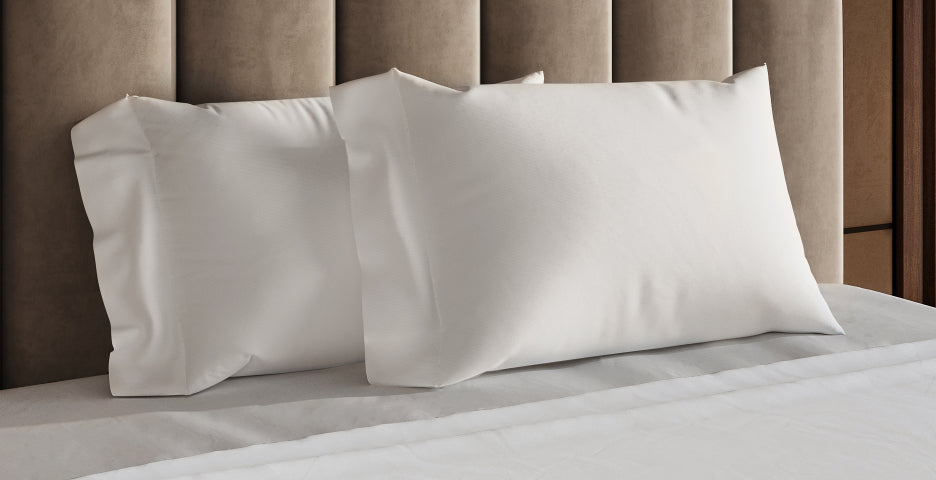Key Takeaways
- Professional Results: Learn professional-grade techniques for repairing your comforter.
- Cost-Effective: Save money by fixing your comforter instead of replacing it.
- Versatile Methods: Discover different repair techniques for various types of damage.
- Quality Materials: Understand the right supplies needed for lasting repairs.
- Prevention Tips: Learn how to prevent future tears and maintain your bedding.
Don’t let a torn comforter ruin your sleep quality. With the right techniques and tools, you can easily restore your bedding to its original condition.
This guide will walk you through various repair methods for different types of damage, helping you save money while extending your comforter’s life.
How to Sew a Hole in a Comforter
Repairing a hole in your comforter requires careful attention and the right approach. Before starting any repair work, gather all necessary supplies including matching thread, appropriate needles, scissors, and fabric patches if needed.
- Assess the Damage: Carefully examine the hole size and location to determine the best repair method. Small holes may only need simple stitching, while larger ones might require patching.
- Choose the Right Thread: Select a thread that matches your comforter’s color and fabric weight. Using the wrong thread can make repairs visible and potentially weak.
- Prepare the Area: Clean the area around the hole and trim any loose threads. This ensures a stronger repair and prevents further damage.
- Select Proper Tools: Use sharp scissors, appropriate-sized needles, and pins to hold fabric in place while working.
- Consider the Fabric Type: Different fabrics require different sewing techniques. Cotton comforters can handle standard stitching, while delicate fabrics need gentler approaches.
How to Sew a Hole in a Down Comforter
Repairing a down comforter requires special consideration due to its unique filling. The key is preventing feather loss while ensuring a secure repair.
- Contain the Filling: Before starting repairs, secure the area around the hole to prevent down feathers from escaping. Use clips or pins to hold the filling in place.
- Use Appropriate Techniques: Apply a double-stitch method to ensure the repair holds up against regular use and washing.
- Choose Correct Materials: Select materials specifically designed for down-filled items, including strong thread and appropriate needles.
- Consider Professional Help: For large tears or complicated repairs, professional servicing might be the best option to maintain your comforter’s quality.
- Test the Repair: After fixing the hole, gently massage the area to redistribute the down filling evenly.
Similar to how the Puffy Cloud Mattress provides consistent comfort across its surface, your down comforter should maintain even distribution of filling after repairs.
Tips for Long-lasting Repairs
Creating durable repairs requires attention to detail and proper technique:
- Choose Quality Materials: Use strong, durable thread and proper needles for long-lasting results.
- Apply Proper Tension: Maintain consistent tension while sewing to prevent puckering or loose areas.
- Double-Check Your Work: Inspect repairs carefully before finishing to ensure they’ll hold up over time.
- Consider Reinforcement: Add extra stitching or patches for high-stress areas.
- Follow Care Instructions: After repairs, follow proper care guidelines to prevent future damage.
Working with Different Comforter Materials
Different materials require specific approaches for the best repair results:
- Cotton Comforters: Use standard cotton thread and medium-weight needles for most repairs.
- Silk Comforters: Require extra care with fine needles and silk thread to prevent fabric damage.
- Synthetic Fills: Need special attention to prevent melting when using iron-on patches.
- Wool Comforters: Benefit from specialized wool-specific repair techniques and materials.
- Microfiber Covers: Require fine needles and polyester thread for best results.
Maintenance and Prevention
Maintaining your repaired comforter properly helps prevent future damage:
- Regular Inspection: Check your comforter regularly for signs of wear or new damage.
- Proper Storage: Store your comforter in a clean, dry place when not in use.
- Careful Washing: Follow manufacturer’s cleaning instructions carefully to prevent damage.
- Use Duvet Covers: Protect your comforter with a quality duvet cover to prevent future tears.
- Address Issues Early: Fix small problems before they become larger issues requiring more extensive repairs.
Seasonal Care and Storage
Proper seasonal care helps prevent damage and extends your comforter’s life:
- Summer Storage: Use breathable bags and avoid plastic containers that can trap moisture.
- Winter Preparation: Inspect and repair any damage before heavy winter use begins.
- Transition Care: Check for wear patterns during seasonal changes when switching bedding.
- Professional Cleaning: Schedule professional cleaning before long-term storage.
- Storage Location: Choose cool, dry spaces away from direct sunlight and moisture.
Just as the Puffy Lux Mattress offers optimal comfort through its multiple layers of support, your repaired comforter should maintain its original structure and comfort level after fixing any holes.
Conclusion
With proper techniques and attention to detail, you can successfully repair your comforter and extend its life significantly. Remember to choose appropriate materials, take your time with repairs, and maintain your bedding properly to prevent future damage.
These repair methods not only save money but also help preserve your favorite bedding pieces for years to come.

$1,350 in savings
Transform your comfort with the Puffy Lux.
Relax into award-winning comfort with this hybrid mattress:
- 8 layers of cloudlike luxury.
- Medium-plush feel.
- Gel-infused cooling.
- 101-night sleep trial.













